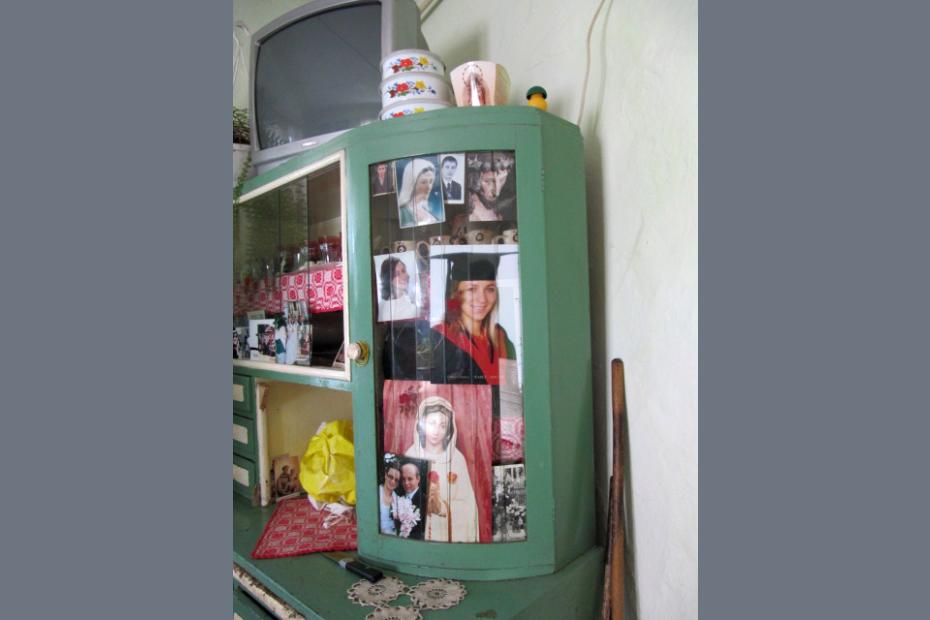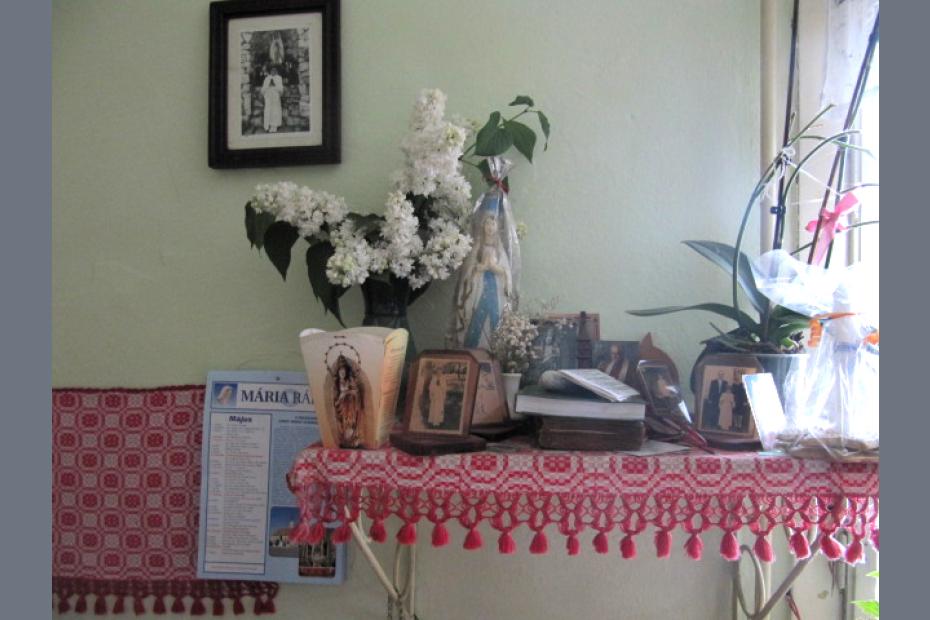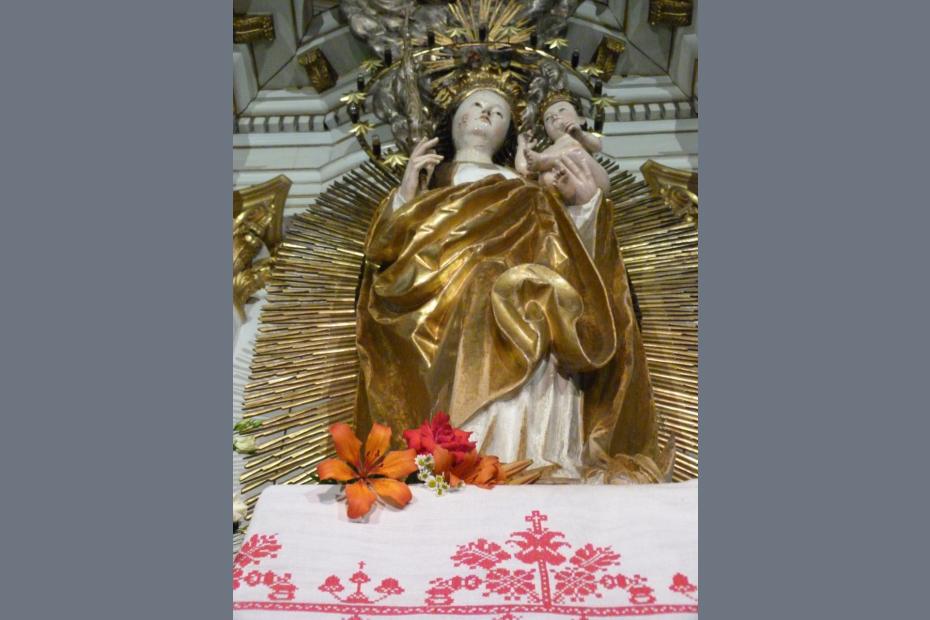Devotion to the Virgin Mary is a strong and everyday part of life in the Transylvanian Hungarian and Catholic community. Attendance at Mass is visibly larger on annual holidays dedicated to the Virgin Mary, including the Assumption (August 15) and the Feast of the Immaculate Conception (December 8). Transylvanian churches like the “Basilica minor” at Csíksomlyó that are connected to Mary’s miraculous acts in some special way are often very popular on these holidays. The church at Csíksomlyó celebrates the Visitation on July 2, not on May 30 as it is celebrated in most of the western Catholic Church. This holiday is called, in Hungarian, Sarlós Boldogasszony, and this term refers to the sickle that was used to harvest wheat before mechanization.
The largest annual gathering of any kind in Romania (larger than any soccer match in the country) is an annual pilgrimage event at the Csíksomlyó pilgrimage site. This event attracts over 100,000 people every year. Visitors come mostly from Transylvanian Hungarian communities as well as cities and towns in Hungary. Some groups walk miles from villages in the valley around Csíksomlyó in a special procession group called a “keresztalja.” These groups are made up of residents of one or more villages, but sometimes guests, relatives, and visitors will join to walk their way to Csíksomlyó. The groups come from as far as 45 to 50 kilometers away, singing songs of praise to the Virgin Mary, ringing bells, and praying the Rosary to keep pace and pass the time. Every time the group comes to a church, the leaders stop and lower their village banners three times to pay their respects. It can be a long trip to Csíksomlyó for the Pentecost gathering. Most of the journey is on asphalt roads, so first-time travelers are often told to walk on the dirt on the side of the road to protect their ankles and knees from the pounding.
If you ask the average Catholic man in Romania why there is such a strong devotion to the Virgin Mary in the Hungarian and Catholic minority community, he will tell you about Saint Stephen’s decision to entrust the Hungarian crown to Mary’s safekeeping. It has become popular in recent years for groups of men to organize viewings of crown replica at major Marian holidays in Transylvania, especially the annual Pentecost pilgrimage event at Csíksomlyó. You will see men dressed in long robes signifying their membership in these voluntary “knighthood orders” standing guard around the replica crown during these events. Clergy who give the homily at the large outdoor Mass during the Pentecost pilgrimage will often start by mentioning the event that is said to have started this tradition: a battle between the armies of an invading Protestant nobleman and local Catholics seeking to defend their faith against this attempt at forced conversion.
The real heart of the devotion to the Virgin Mary, however, beats in the small prayer groups and circles of devotees. These groups can be found in most villages around Csíksomlyó. Individual women pray one “mystery” of the Rosary during an entire month. Once the month is up, she passes this mystery on to another woman in the group in order to receive the next mystery from the woman before her. This tradition is strongest in the area’s village communities. However, women who have moved into urban communities also carry on the tradition. These groups have a different atmosphere, though. They are part of an effort at “reviving” Marian devotion in newly created cities. Rather than praying individually, these groups meet for weekly group prayer sessions in members’ homes, lingering afterwards to eat, drink, and chat.



